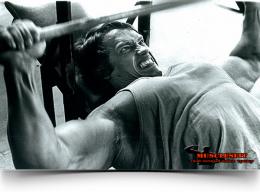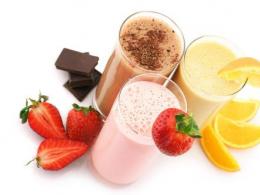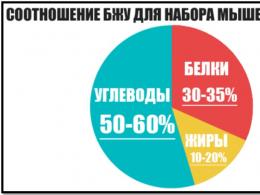What should be the diet for gaining muscle mass
To gain muscle mass, training alone is not enough. You also need proper nutrition, which is distinguished by variety, quality and increased volume. With insufficient intake of calories in the body, regular, intensive and well-designed trainings do not give the proper result.
Nutrition for muscle growth is the necessary amount of carbohydrates, proteins and fats that must be supplied to the body. It is important that it exceeds the body's energy expenditure.
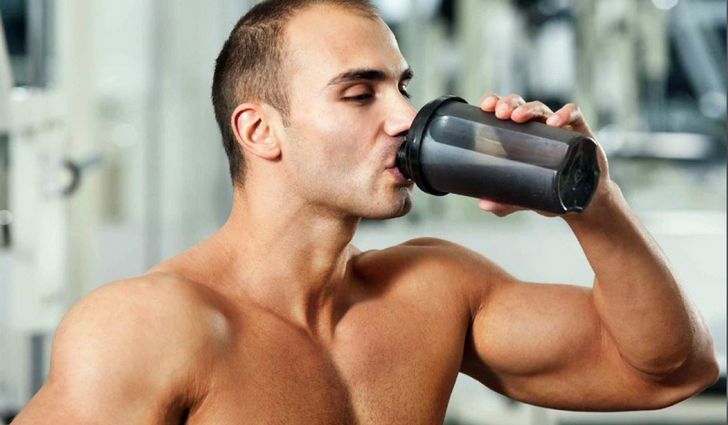
Squirrels needed for tissue growth. The daily requirement for a person is determined at the rate of 1.3 g of protein per kilogram of body weight. If their amount in the diet is insignificant, then there will be no gain in muscle mass, as well as an increase in strength. Nutrition for muscle gain containing protein is: dairy products, eggs, poultry, fish, meat. For an athlete, the need for protein increases to 2-4 grams per day per 1 kg of weight.
The role of carbohydrates in nutrition aimed at muscle growth is also great: they are needed to digest protein foods. Simple carbohydrates are digested quickly (fruits, sugar). Complex carbohydrates (cereals, vegetables, nuts, legumes) burn more slowly. The ratio of simple and complex carbohydrates consumed in food is 35% to 65%.
Fats are responsible for hormone production required for muscle growth. Thanks to them, the body receives energy, which is enough for long training sessions. Therefore, in nutrition for a set of muscle volume, they are necessary. Healthy fats are found in sufficient quantities in vegetable oil and dairy products. For the body, nutrition is considered the best option, with which fats enter the body in the amount of 65-70% (animal) and 30-35% (vegetable).
With the traditional 3-4 meals a day, muscle gain reaches 3-5 kg per month. However, it stops after a while, and the reason for this is the lack of food: as the mass increases, the body needs more building material for further muscle recruitment, more energy, which it receives through carbohydrates and fats.
The human body absorbs no more than 30 grams of protein at a time. There will be no muscle gain if you increase the portion size. This will lead to distension of the stomach, bloating and other discomfort. This means that in order to get enough of it, it is necessary to increase the number of meals: it is desirable to bring it up to 5-6 times a day. It is important that nutrition for muscle gain take into account the intensity of training. By bringing the intake of protein to 2 grams per kilogram of weight, the caloric content of the diet increases, which has a positive effect on the final result. It is considered optimal when the ratio of proteins and carbohydrates is 1:3.
You can use ice cream, honey, ie. foods with a high glycemic index. Carbohydrates absorbed by the body are converted into glycogen, which is "stored" in the muscles and liver and is intensively consumed during training. If it is not enough, the breakdown of protein muscle molecules begins, which leads to a loss of muscle volume.
To prevent this, the intake of carbohydrates after training should be 1.5 g per kilogram of body weight: it is suggested to drink, for example, fruit juice. After two hours, you can eat pasta. With this diet, the rate of accumulation of glycogen in the muscles increases.
We must not forget about water, which you need to drink in sufficient quantities, since a lot of fluid is lost through sweat, and drinking liquid will help compensate for these losses. Athletes should weigh themselves before and after training: to speed up recovery, they should drink 1.5 liters of fluid for every kilogram of weight lost.
Eat, athletes who want to build muscle are also allowed before bedtime, since the body receives energy during sleep, destroying muscle cells. In addition, you can not refuse breakfast, because. In the morning, energy consumption increases, and the energy accumulated in the evening is spent at night, so that the training of the past day is not in vain, you need a hearty breakfast.
What else should be included in the diet for gaining muscle mass

In addition to fats, carbohydrates and proteins, the diet should include trace elements and vitamins. There are many of them in easily digestible and natural form in fruits and vegetables.
- Vitamin A, which is responsible for skin condition and bone strength, is found in liver, fish, tomatoes, carrots.
- B vitamins, involved in metabolic processes, tissue repair after training, are also found in fish, as well as legumes, nuts, corn, cereals, and leafy vegetables.
- Vitamin C takes part in the synthesis of hormones, new tissues, strengthens blood vessels, promotes rapid healing. Rich in them: strawberries, apples, citrus fruits, cabbage.
- Vitamin D strengthens teeth, bones and is found in eggs, vegetable fats and fish oil.
Nutrition for gaining muscle mass will not be complete without a sufficient amount of trace elements: calcium, potassium, iron, phosphorus, magnesium.
- Calcium needed to strengthen muscles, increase bone strength. A lot of it in cheese, milk, cabbage.
- Potassium coordinates muscle contractions, maintains heart rate, regulates fluid balance, so nutrition for gaining muscle mass should include fruits, grains, potatoes.
- Iron maintains the level of hemoglobin in the body, which delivers oxygen to the cells. Iron is present in sufficient quantities in nuts, eggs, liver, legumes, and meat.
- Magnesium takes part in the synthesis of enzymes, helps to better digest carbohydrates and proteins, is responsible for muscle contractions. In order for it to enter the body in sufficient quantities, you need to eat apples, nuts, corn, and vegetables.
Nutrition for gaining muscle mass should consist of:
- dairy products: cheese, milk (protein);
- protein: fish, lean meat (amino acids);
- vegetables and fruits (minerals and vitamins);
- cereals and flour products (proteins, vitamins, carbohydrates).
In addition, it should include foods rich in fiber: fruits, nuts, legumes.
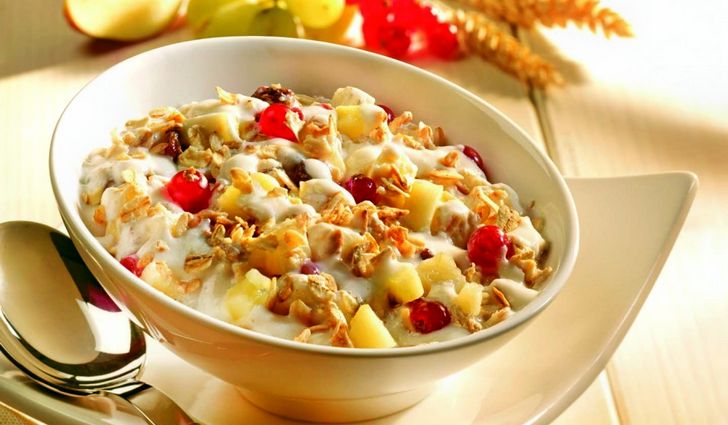
The nutrition rules that allow you to quickly gain muscle mass are simple and must be followed:
- The less time left before training, the less food should contain calories and carbohydrates: you can build muscle after a light breakfast after 60 minutes, and after a hearty lunch - only after 4 hours.
- Easily digestible carbohydrates do not need to be consumed if 30-60 minutes are left before classes: juice, honey, sugar, jam, compote. This is due to the fact that after 30 minutes, glucose begins to accumulate in the liver in the form of glycogen, the level of which in the blood decreases during insulin exercise. This means that for about an hour it does not give glucose to the muscles, which negatively affects muscle contraction. If there is a long load, such as cycling or skiing, running, etc., it is allowed to consume simple carbohydrates right before training, because. Gradually absorbed from the intestines, glucose will go to work the muscles for a long time.
- Meals for gaining muscle mass containing carbohydrate foods may include pancakes, buns, muffins (baked goods) and honey or jam or preserves. Pre-workout menus include: oatmeal or cornflakes, cereals, low-fat milk, yogurt, juices, fruits. Before training, foods rich in dietary fiber are not recommended (so that you don’t want to go to the toilet), foods that promote the formation of gases (onions, beans, cabbage, peas), causing bloating (salty foods), which causes the diaphragm to support the stomach, which makes it difficult lung and heart function.
Should diets for gaining muscle mass contain fatty foods?

You can find recommendations about refusing to eat fat for those who want to gain muscle volume. This is justified by the fact that fatty foods are high-calorie foods that are poorly digestible and cause lethargy. In addition, those athletes who take steroids have to refuse food containing fats in order to quickly gain muscle volume, while not overloading the liver.
On the other hand, fatty foods are useful for bodybuilders, because fats are needed for metabolic reactions in the body. Cheeses and lard contain vitamins D and A, the benefits of which have already been written above. In addition, they contain unsaturated fatty acids that the body does not synthesize, therefore, they must come from outside, i.e. with food.
Vegetable fats make the walls of blood vessels more elastic. They are necessary for the exchange of vitamins in the B group, which are important when gaining muscle mass. Vegetable fats are rich in vitamin E, promote the absorption of calcium. Their deficiency negatively affects reproductive function, impairs the ability to contract the heart muscle, and slows down the growth process. But they should not be abused either, since this is fraught with a violation of metabolic processes and the formation of fat deposits. The situation is even more aggravated: taking steroids, refusing to introduce fiber into the diet, which increase the load on the liver.
If for a young organism the intake of fats is mandatory, then middle-aged people need to reduce the caloric content of the diet, i.e. intake of fatty foods. But you should not turn a reasonable precaution into a phobia: some of the fats of animal origin should be replaced with vegetable oils, fish, nuts, seeds. From whole milk, it is recommended to switch to low-fat, as well as to low-fat cheeses.
From time to time, you need to control the level of cholesterol in the blood: if it is normal, nothing needs to be changed in the menu. But, even if it is elevated, you should not completely exclude fatty foods.
Gaining muscle starts with burning fat
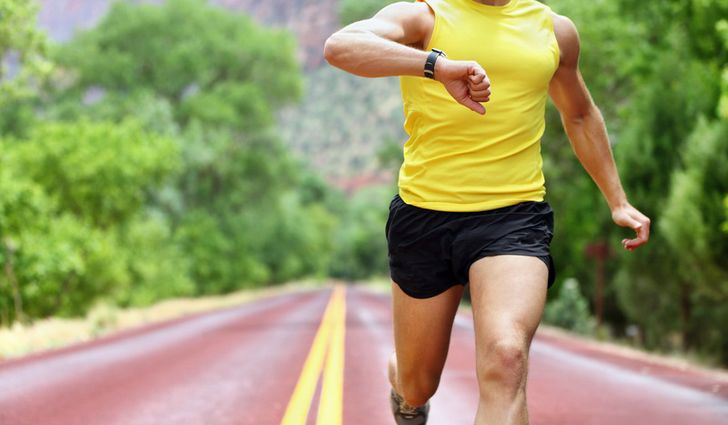
Nutrition for gaining muscle mass and training are two essential conditions for achieving the goal. But, if the amount of body fat is large, you first need to work on burning fat. Know that fat cells are destroyed throughout the body, no matter what place is worked out during the training.
In this case, aerobic exercises performed at a good pace for 20 minutes (with three workouts a week) in simulators are effective: rowing, cycling or on a treadmill. Useful daily walks on foot for 45-60 minutes, reduced by 200-300 kcal diet, refusal to use the elevator.
If the fat layer has ceased to decrease, you still need to reduce the number of calories and increase the pace of walking. After the volume of fat deposits returns to normal, calories can be increased, and aerobic exercise can be reduced, i.e. start strength training to help build muscle.
Calorie counting for muscle gain
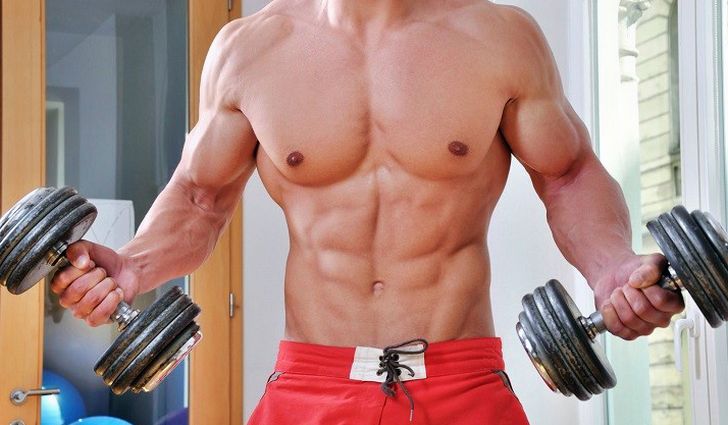
When starting to build muscle, remember that this will lead to an increase in body fat, so timely measures are needed: you will need to keep a diary where you record the calorie content of foods consumed per day. As soon as you notice that body fat in the waist area began to grow, you need to correct the training program, which should become more intense. At the same time, you should reduce the caloric intake by 10%. If the number of calories is reduced immediately by a large amount, there is a risk of stopping muscle gain.
While exercising intensely and paying attention to proper nutrition, one should not forget about rest. All this will allow you to turn high-quality nutrition into muscles.
You can get rid of fat deposits later by performing relief exercises.
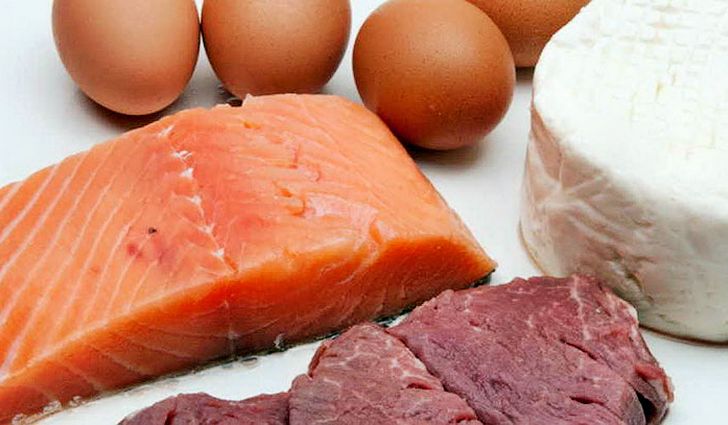
Special efforts from those who "sat down" on a diet to increase muscle volume will not be required. The diet includes: eggs, fish, milk, vegetables and fruits, cereals, legumes, nuts, seeds, a lot of coarse fiber foods.
For breakfast you can eat: scrambled eggs with cheese and ham, buckwheat or rice porridge, 300 grams of cottage cheese, a couple of glasses of milk.
Lunch: beef chop weighing 200 grams, wholemeal bread, 1 cup milk.
Dinner: pasta or potatoes with a piece of beef, milk, fruit.
Second lunch: cottage cheese with raisins (200g), fruit.
Dinner: boiled potatoes or pasta, chicken meat, nuts, fruits, milk.
Before bed (a couple of hours) a glass of kefir, 200 grams of cheese.


